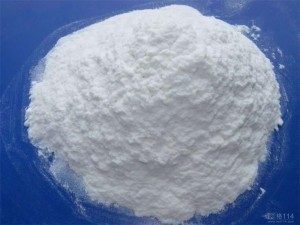According to the ionization performance of substituents, cellulose ethers can also be divided into ionic and non-ionic types. The ionic type mainly includes carboxymethyl cellulose salt (CMC), while the non-ionic type includes methyl cellulose, methyl hydroxyethyl cellulose ether (MHEC), methyl hydroxypropyl cellulose ether (MHPC), and hydroxyethyl cellulose ether.
Since the ionic cellulose (carboxymethyl cellulose salt) is unstable in the presence of calcium ions, it is rarely used in the dry-mixed mortar with cement and hydrated lime as the cementitious materials. Hydroxyethyl cellulose is also used in some dry mix mortar, but the market share is minimal. Now mainly used in dry-mix mortar are methyl hydroxyethyl cellulose ether (MHEC) and hydroxypropyl methyl cellulose ether (HPMC), whose market share is more than 90%.
The water-retaining and thickening effect is in order as follows: methyl hydroxyethyl cellulose ether (MHEC)> hydroxypropyl methyl cellulose ethers (HPMC)> hydroxyethyl cellulose ether (HEC)> carboxymethyl cellulose (CMC).

